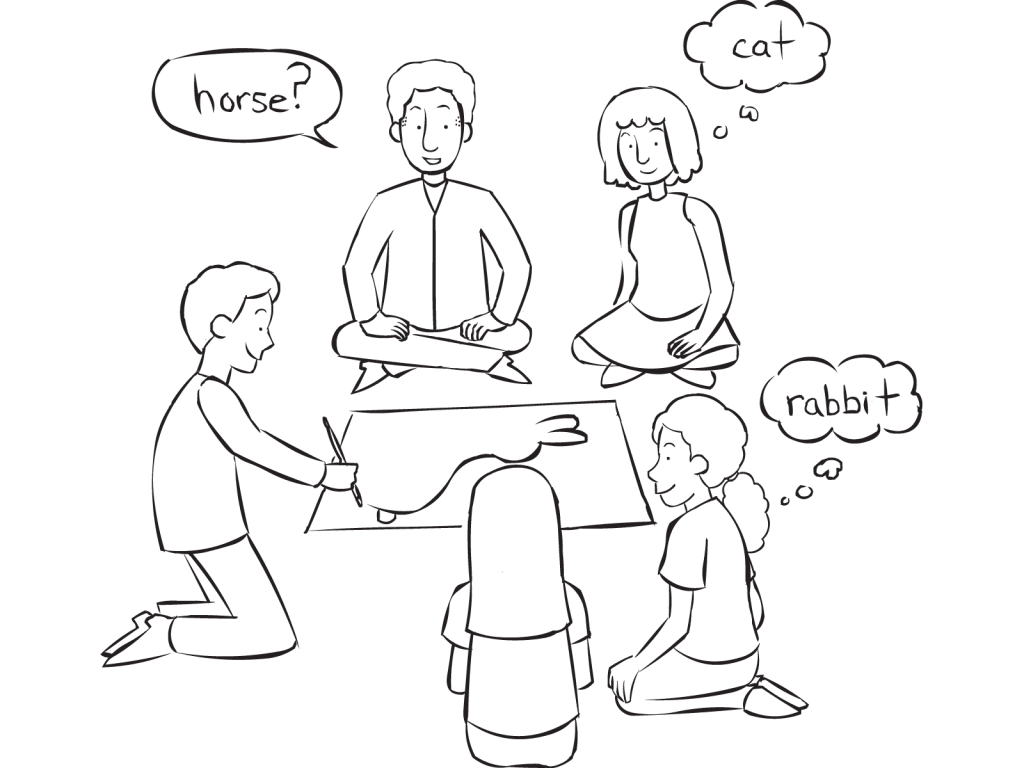Save to Playlist
Step-by-Step Instructions
Resources Premium
Video Tutorial Premium
How To Play Narrative Premium
Practical Leadership Tips Premium
Social-Emotional Learning Premium
Health & Wellness Programming Premium
Popular Variations Premium
Virtual Adaptation Premium
You Might Also Like... Premium
Useful Framing Ideas Premium
Reflection Tips & Strategies Premium
Program Templates Premium
Source Premium

No Props No Problem
Brand NEW book featuring 150+ outrageously fun group games & activities. Scan QR codes to connect to tons of digital content including video tutorials.
Add to Cart
NEW – No Props No Problem
The best-selling book featuring 150+ outrageously fun group games & activities. Scan QR codes to access exclusive digital content including video tutorials.

Free Ice-Breakers & Group Games
Ten of the best no-prop, interactive ‘get-to-know-you’ games & activities. 100% fun, your group will love ’em. Our most successful giveaway, 10,000+ downloads so far…
Top Ten Icebreakers & Group Games
Download our free 28-page ebook jam-packed with outrageously fun activity ideas.
Just one more question:
I am interested in…
Choose a plan that’s right for you
We offer a range of membership plans with no surprises.
Click an option below & discover our simple pricing.

Individual
Click here if you’re a:
- Teacher
- Corporate trainer
- Outdoor educator
- Camp leader
- Youth leader
- Conference organiser
- Therapist/counsellor
Membership Plans

Enterprise
Click here if you represent a:
- School
- Corporation
- Community-based Organisation
Explore plans for
10, 50, 200 or more
potential users
Membership Plans






One of my favourite peak activities to use to end a group session. This can get crazy competitive and fun especially if you have built the session to finish with this activity. Its just brilliant !! Couple of suggestions..
* For fairness especially with primary schools/teens who might bring this up, either move yourself between rounds or rotate the group between rounds so they feel that it is all even..
* Create a little seated waiting area e.g. 4 seats if you have 4 groups playing, for those coming up to you with the next clue. It helps manage the group and makes it easier for you to get the old clue and give the new clue to without having to worry as to who was next.. makes it safer for you too.. not getting trampled by overly excited participants Awesome fun
Great idea re the ‘waiting room’ approach to handling those waiting for next clues. I’ll add that to the next time I play it. Thanks for sharing.
Variation – use opposite hand (non writing hand) to draw.
Teams of 5 or 6 work best with school aged participants.
Have high energy music playing during the game.
Run away from the participants when they come to you with the answers.